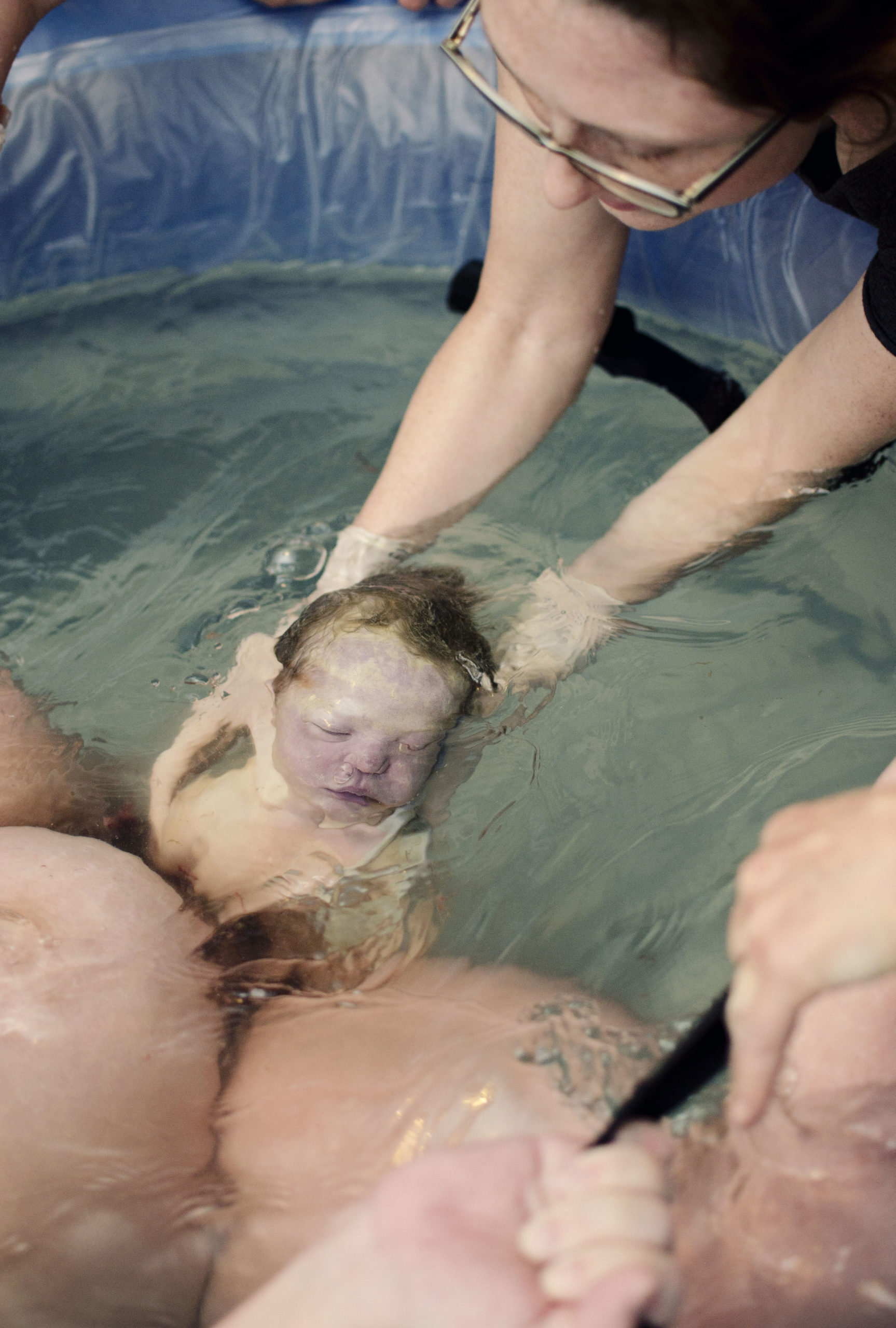Waterbirth is not a new idea, as some may think. Legends of South Pacific Islanders were known to give birth in shallow water, as well as Egyptian pharaohs. Even in places such as South America, women may go to the local river to have their babies.
The first water birth recorded in the Western world was in France in 1803. A mother experiencing a difficult labor gave birth in a tub of warm water. In the 1970’s midwives and doctors in Russia and France began to reevaluate the transition of babies from the uterus to the world and a growing concern for how women were treated during labor.
A French obstetrician named Frederick Leboyer was known to provoke the concern that babies could be affected for life because of trauma experienced during labor and birth. Water births began to become known for their calming effects for the mother during labor and the water assimulting the uterus giving a peaceful birth for the baby.
Observing waterbirth, doctors and midwives recorded how calm babies were in comparison to babies not born in water. Babies would cry less, were relaxed and made eye contact with their mothers as well as breastfeed immediately.
Interest in waterbirth grew in the 1980’s and 1990’s in Europe, the UK and Canada. It is common for midwives in the homebirth setting to offer the waterbirth option to laboring mothers if they are confident in their skills and support this way of birthing.
Benefits of waterbirth include for the mother, less pain and satisfaction with the birth experience, shorter labors and less chance of episiotomy, less use of pain medications, lower rates of vaginal tearing as well as postpartum hemorrhaging.
Potential risks of waterbirth need more evaluation. There is little evidence that the risk to mother and child during water birth occurs often. There may be a higher rate of labial tears in home birth and birth centers, umbilical cord snap is rare but possible as birth professionals guide the baby out of the water, water aspiration has been recorded in several cases, and infection to the baby possibly due to unsanitary water birth supplies and water.
If your hospital does not provide tubs to labor in, waterbirth tubs can be purchased or rented as well as in the homebirth setting. If not given the opportunity to give birth in the tub in a hospital, hospitals may allow tubs to be brought and set up in the hospital or use of the shower. Water has many relaxing qualities and it is beneficial even if you may not be able to have a waterbirth.
There are pros and cons to waterbirth, but as it is not offered within the medical hospital system frequently, the studies are difficult to follow. If interested in a waterbirth, research and find local birth professionals that can help find you an opportunity to birth as you chose.
https://www.babycenter.ca/a542003/the-history-of-water-birth

